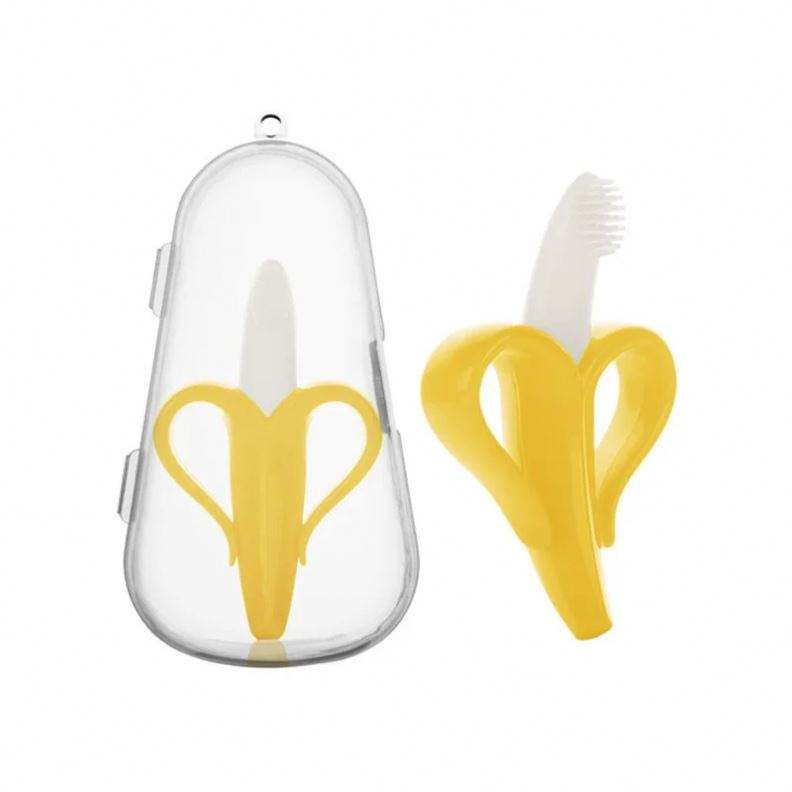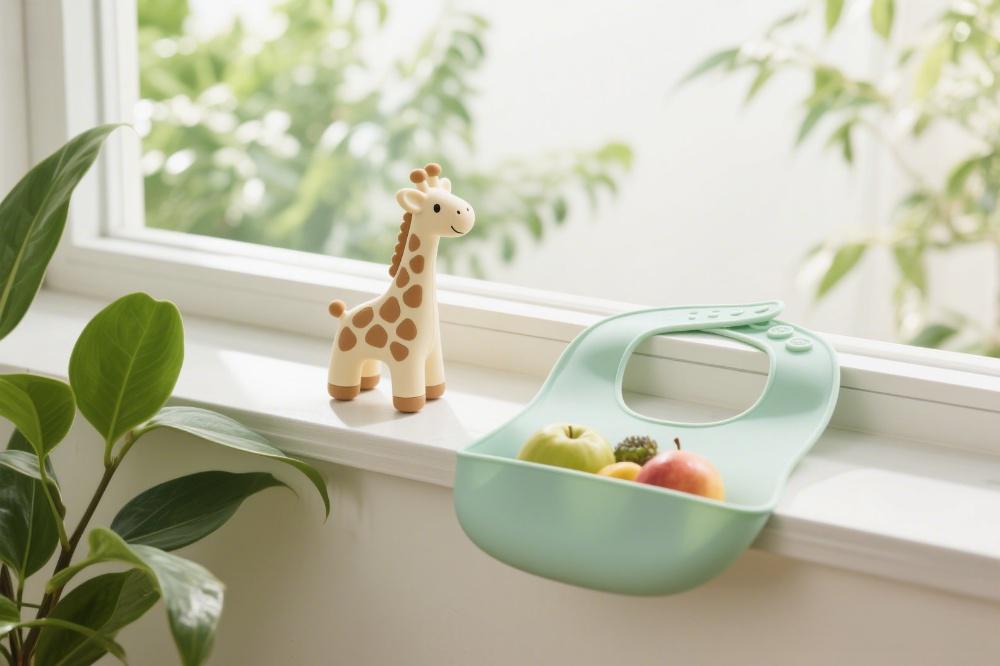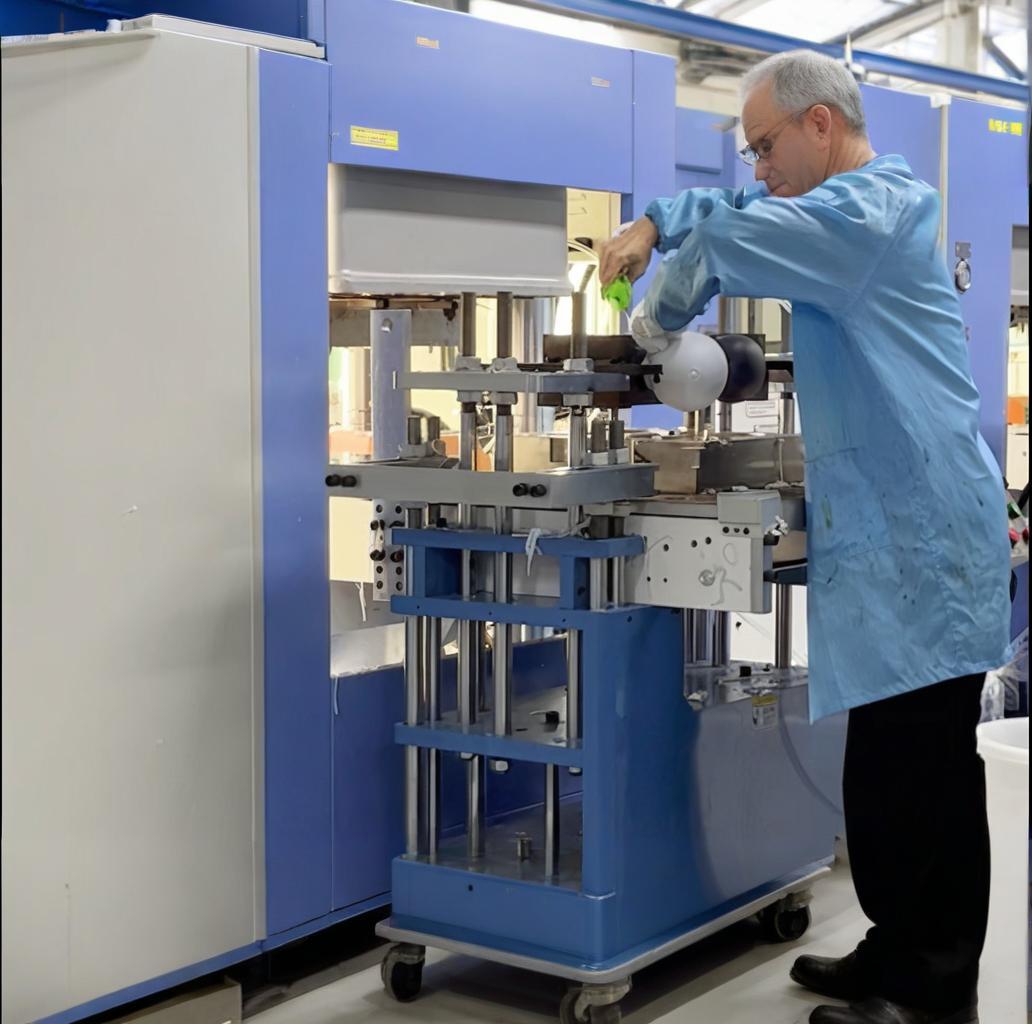콘텐츠
With the rising awareness of newborn care, baby teethers have become a hot topic for new parents. From newborn baby teethers to giraffe teethers, these seemingly simple baby products actually contain the wisdom of scientific parenting. In this article, we will combine the core issue of when babies start to need teethers with other core issues, including a comprehensive analysis of the synergies between silicone baby bibs and teethers.
First, the critical period of infant dental development: the need for teething


Babies usually start teething at 4-7 months, when the gums will experience an itching sensation. As the first choice of teething aid, the material and design of the newborn teether have a direct impact on the effectiveness of its use. For example, banana teethers with an ergonomic curved design can accurately fit the baby’s gums, and vibrating teethers, through a slight vibration function, effectively soothe swollen gums.
Second, silicone bibs: teething invisible assistant


When the baby begins to interact with complementary foods, gumballs and other toys may become a companion when eating; at this time, the waterproof performance of silicone bibs is particularly important. The food-grade silicone material not only prevents food from staining clothing but also withstands the repeated friction of the teether. Its adjustable neck design, suitable for matching giraffe teethers and other three-dimensional toys, to avoid the baby’s grasp when the bib slips.
Third, function and safety both: the golden combination of teethers and bibs
Material safety: FDA-compliant silicone teethers and bibs are free of BPA and heavy metals, to ensure that the baby is hewing non-toxic and harmless.
Multi-functional design: Some of the baby teether toys have built-in cold water chambers to provide a cooling sensation after refrigeration, while the bibs are equipped with storage pockets to collect dropped food.
Convenient cleaning: Silicone bibs can be put directly into the dishwasher and washed simultaneously with the teether, reducing the risk of bacterial growth.
Market Trend: Dual Driving of Environmental Protection and Innovation


According to the Maternal and Child Products Report 2024, environmentally friendly and biodegradable products have become a new direction in the research and development of teething and bibs. Brands add natural plant extracts to make products with antibacterial and skin-friendly functions. For example, some giraffe teething rings are made of sugarcane fibre, while silicone bibs have a biodegradable coating to meet parents’ dual demands for healthy baby teeth and environmental protection.
Brand selection and supply chain considerations
Famous brands of newborn teether toys usually provide a 12-month warranty, while silicone bibs support customised printing services. Wholesalers need to pay attention to the stability of the supply chain when purchasing, such as choosing manufacturers that support small batch trial orders to ensure that seasonal products, such as teether balls, can be replenished on time.
결론
From when babies start needing teething to how to match silicone bibs, the key to scientific parenting is in the details. Choosing a combination of teether and bib that is safe, functional, and beautiful for your baby is not only a way to take care of your dental health, but also a way to respect the rituals of growing up. In the future, with the intelligent upgrading of baby teether toys, such as the introduction of temperature-sensitive colour-changing function, this market segment will usher in more innovative possibilities.


